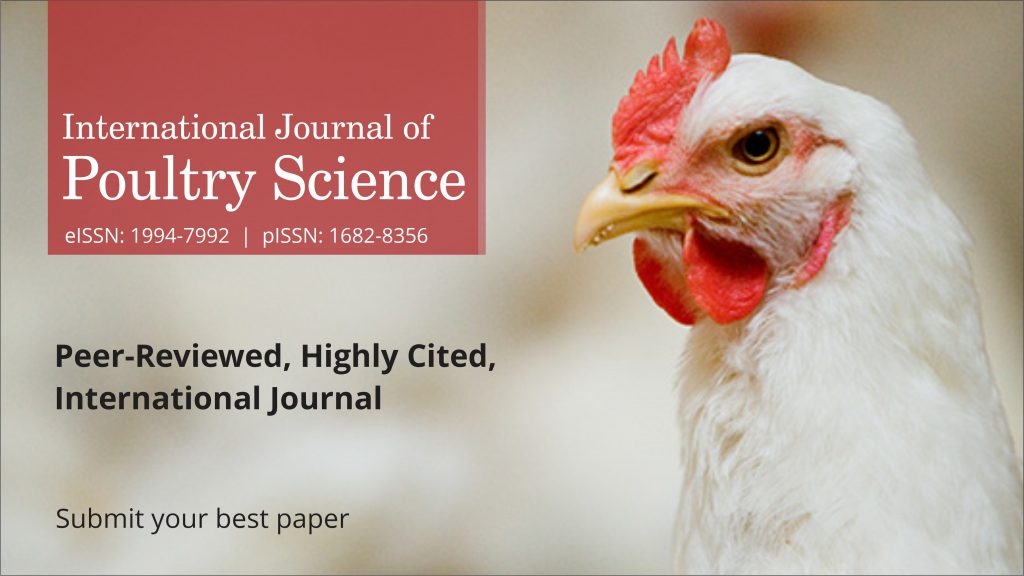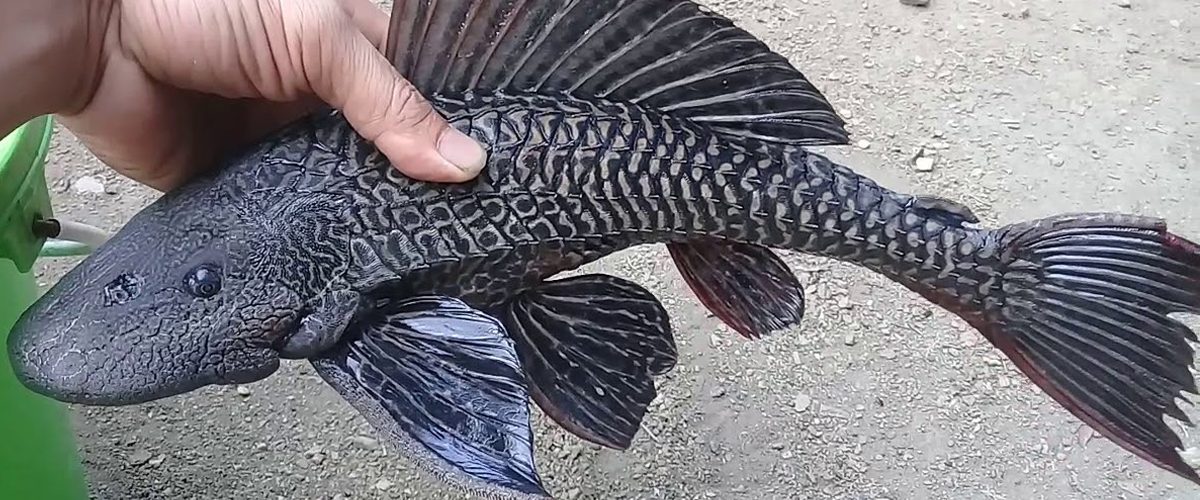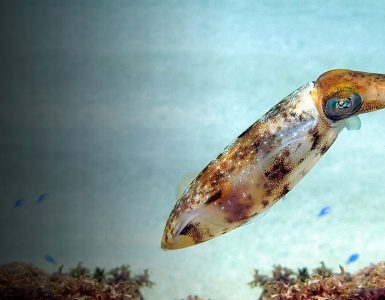Hypostomus plecostomus is a freshwater fish that is commonly known as Sapu-sapu fish. This one is a tropical fish that belongs to the family Loricariidae and also a close relative of catfish (Siluriformes) family. Sapu-sapu fish is among those freshwater fish species that can also survive in polluted waters. All of its body is shielded by hard scales, except on the stomach, that is why; it does not use for human consumption. Sapu-sapu fish population is quite high. Sapu-sapu fish have diminutive value as a food fish, although they are at least occasionally consumed over their native range, however, their demand exists in the aquarium trade.
Asnawi et al. (2015) stated that the daily collection of Sapu-sapu fish by duck farmers is about 272 kg that is approximately 99.28 tons per year. Sapu-sapu fish is an impending source of energy and dietary protein for ducks. Sapu-sapu fish contains approximately 37 % crude protein, 17 % crude fat and 4560 Kcal gross energy along with essential and non-essential amino acids. As a source of the mineral, these fish contain 0.50 % calcium and 0.18 % phosphorus.
Asnawi et al. (2014) showed that the protein digestibility value of this fish measured with Mojosari ducks is 64.80% while the obvious metabolizable energy value is 2890kcal gG1. Mozzoni et al. (2010) reported that Sapu-sapu fish eat cut-plant and chlorophyceae, detritus and contain fiber digesting enzymes.

In another research German (2009) reported the 14 different kinds of fiber-digesting enzyme on the digestive tract of the Sapu-sapu fish like xylanase, mannase, chitinase, amilolytic, laminarinase, cellulase, trypsin, lipase, maltase, $-xylosidase, $-mannosidase, $-glucosidase, aminopeptidase, and N-acetyl-$-d-glucosaminidase. The presence of fiber digesting enzymes in Sapu-sapu fish is valuable for duck farmers in Lombok Island who use rice bran as a primary feed ingredient. It is expected that the enzymes could improve the digestibility of rice bran that further leads to better egg production.
International journal of poultry sciences published novel research in which Asnawi et al. (2021) to evaluate the effect of incorporating sapu-sapu fish as a substitute of commercial feed on production performance and eggs quality of Mojosari duck. The results indicated that the diet of Mojosari ducks layer can be formulated using 80% rice bran and 20% sapu-sapu fish to replace a similar amount of commercial feed. This addition of the sapu-sapu fish in the diet resulted in better egg quality compared to commercial feed, although, the egg yolk color was lighter. Meat and Yolk cholesterol contents of the ducks fed a diet containing sapu sapu fish was lesser than those duck fed commercial feed.
















Add comment